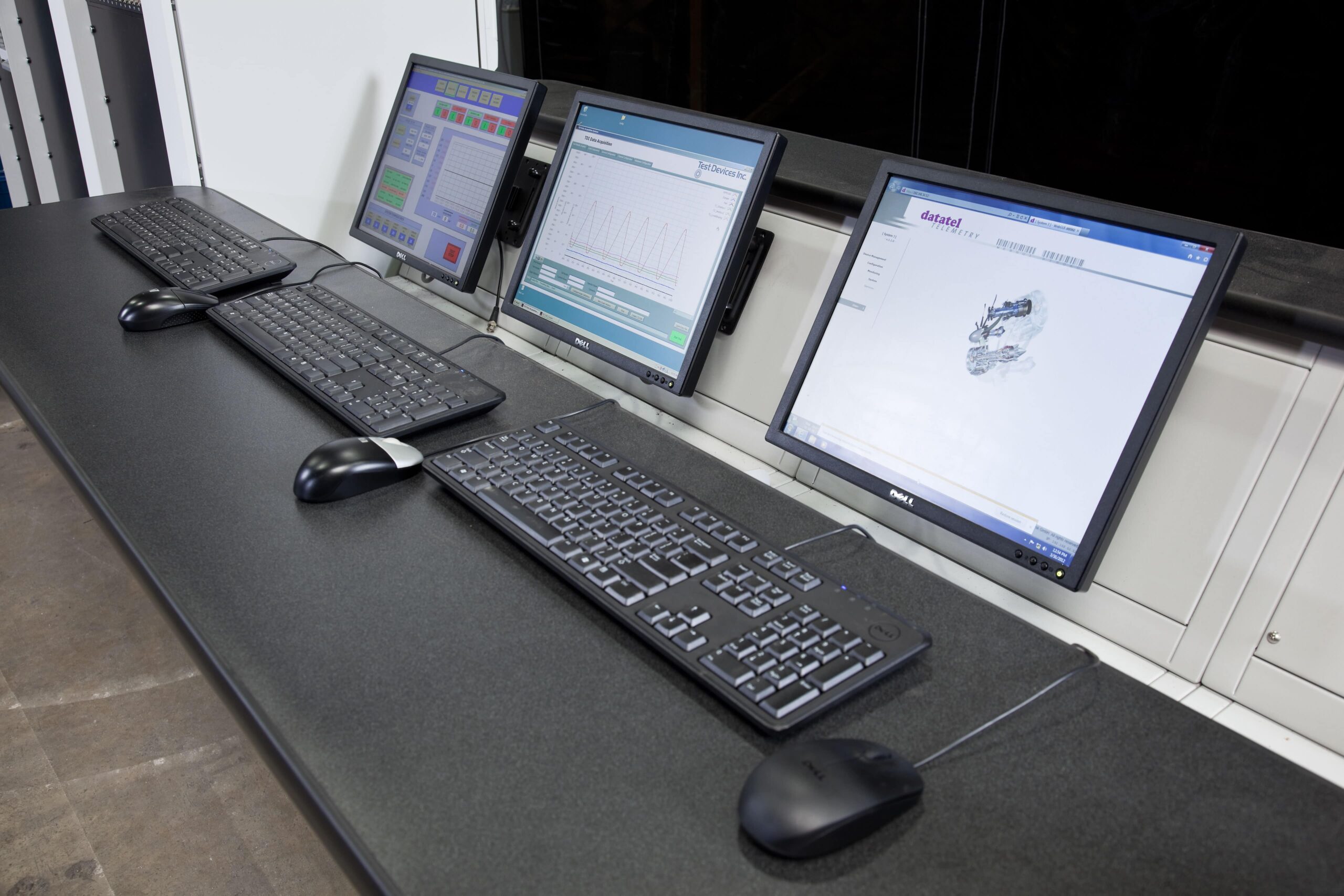Structured for Success: Test Engineering
October 1, 2013
While tooling design, rotor-dynamic analysis, stress modeling, and test method design are also important; the execution of the test is where these design engineering outputs combine with instrumentation, test method execution and machine control/data acquisition to provide a successful test with complete and accurate data.
In late 2012, Test Devices created a dedicated Test Engineering department to continue to advance the state of their test methods to meet customers’ more challenging test requirements. The newly formed Test Engineering function focuses on advancement of test methods, general test execution and the standardization of processes and equipment to provide: maximum utilization of limited testing resources (spin test machines), repeatable test methods, reliable equipment, appropriate instrumentation, adequate data acquisition, and software/control. The group works closely with Chief Technology Officer Hiro Endo to evaluate and validate new test methods, new instrumentation and other advanced capabilities.
“We are committed to advancing the state of rotational testing,” Rob Murner, President of Test Devices, said. “Our Test Engineering department leads this effort by researching and developing new technologies and methods.”
This important function is led by Bob Wetherbee (see profile at right) and is responsible for the following important areas, among many others:
- Ownership of the spin test facilities, test benches and test instrumentation equipment
- Implementation and management of AS9100-compliant testing practices
- Advancement of testing methods, facility and equipment
- Research new measurement techniques and methods
- Provide accurate and up-to-date definition of Test Devices’ test capabilities
“This is consistent with our two basic tenets here at Test Devices: the customer always knows the status of their project, and we never compromise on data,” Murner added.
To better meet these two imperatives, Test Devices has adopted a gated process for test design and execution. A Project Engineer is established for each new project. This is typically a Design Engineer who does the design and analysis for the project, including Preliminary Design Review (PDR) and Critical Design Review (CDR). Test Engineering consults in the design stage, and executes the testing program starting Assembly Readiness Review (ARR), Test Readiness Review (TRR) and the testing phase. Test Engineering and Project and Design Engineers work jointly to document best practices and lessons learned in the last stage (Post Test Review or PTR). [test-devices-icon]


